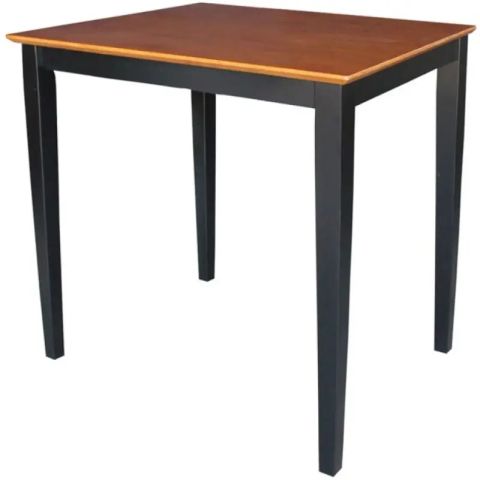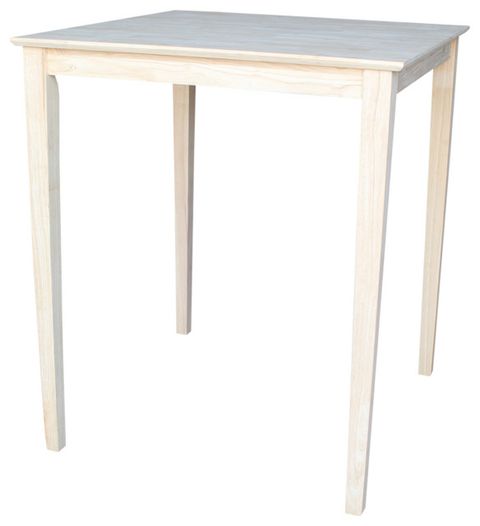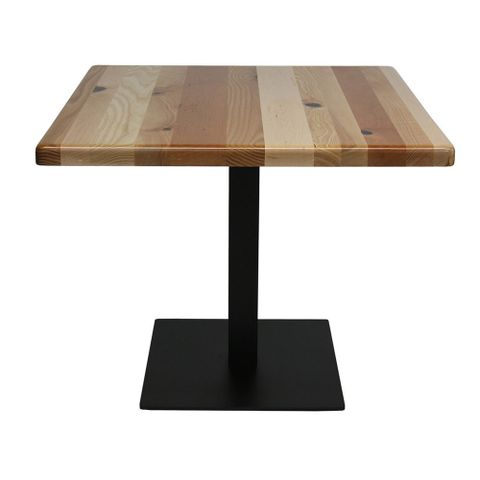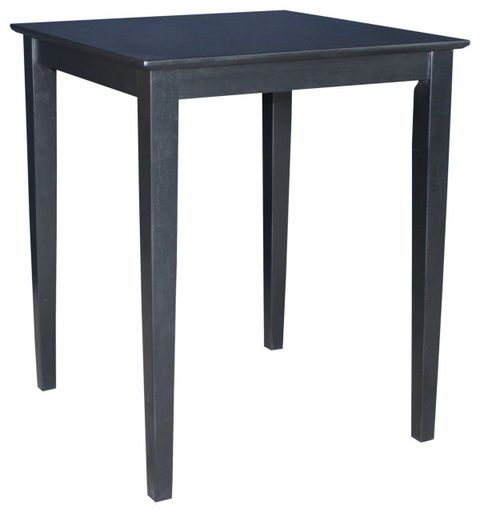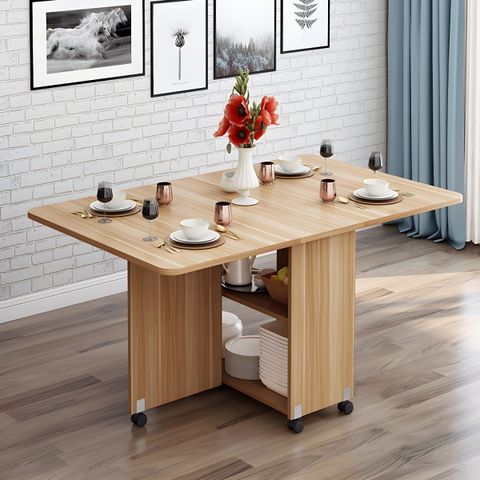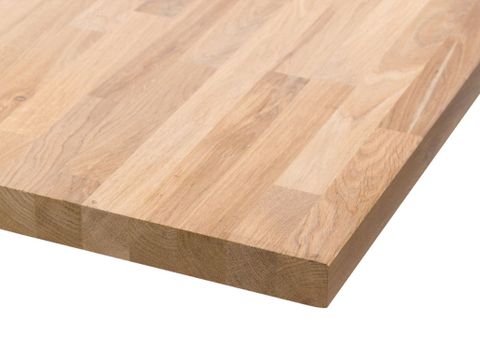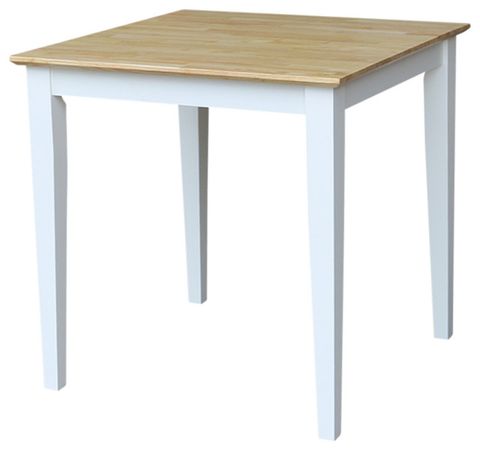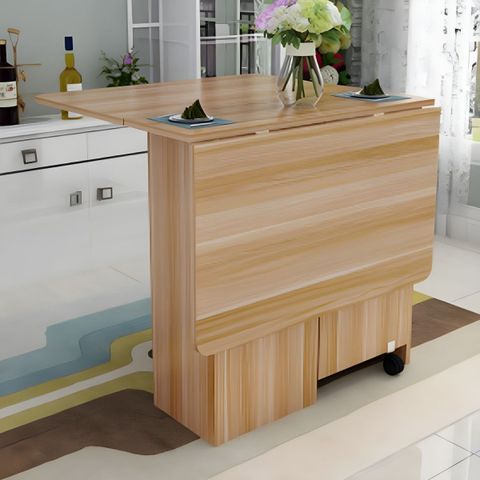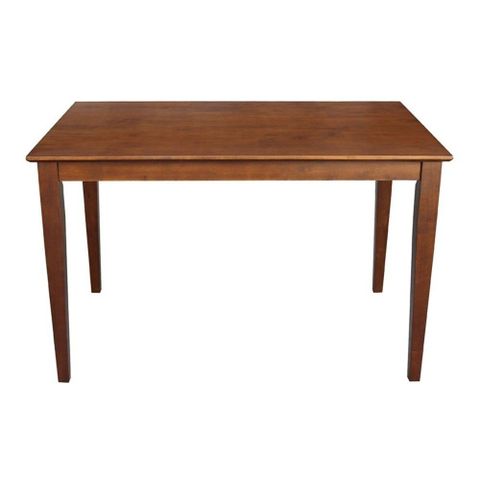In a world of fast furniture and fleeting trends, there’s something deeply satisfying about a solid wood table. It’s not just a place to eat or work; it’s a centerpiece, a gathering point, and often, a treasured heirloom. But is it a smart investment? Absolutely. Let’s dive into what makes these tables so special and what you should consider before bringing one home.
You’ve probably seen them – those beautiful, sturdy tables that seem to have a story to tell. They’re the kind of furniture that ages gracefully, developing a unique patina over time. Unlike particleboard or veneer options that can warp or peel, a solid wood table is built to last. It’s an investment in quality, durability, and timeless style. But what exactly goes into making one, and how do you ensure you’re getting the real deal? We’ll break it all down.
Understanding ‘Solid Wood’ – What’s the Real Deal?
First things first, let’s clarify what ‘solid wood’ actually means. It refers to furniture constructed entirely from solid timber. No veneers, no engineered wood cores. Just pure, natural wood. This is crucial because it dictates the table’s longevity and how it ages. Different types of wood have different characteristics, too. Oak, for instance, is known for its strength and prominent grain, making it a popular choice for durability. Walnut offers a richer, darker hue and a smoother finish, often seen as more luxurious. Maple is incredibly hard and dense, resisting dents and scratches well. Pine, while softer and more prone to dings, offers a rustic charm and is often more budget-friendly. Knowing the wood type helps you understand its resilience and aesthetic. Think about how you’ll use the table – is it for daily family meals with potential spills and crafts, or more for formal dining? This will guide your wood choice.
Construction Matters: Beyond Just the Top
While we’re focusing on the ‘solid wood top,’ the overall construction is just as vital. A fantastic wood top on a shaky base? Not a good investment. Look for tables where the entire structure is robust. Are the legs securely attached? Are there sturdy aprons (the pieces connecting the legs to the tabletop)? For extensions, consider the mechanism. Is it smooth and easy to operate, or does it feel flimsy? Dovetail or mortise-and-tenon joinery are signs of superior craftsmanship, indicating the pieces are interlocked for maximum strength, rather than just glued or screwed. These details might seem minor, but they contribute significantly to the table’s overall stability and lifespan. It’s like building a house – a strong foundation is super important.
The Beauty of Imperfection: Grain, Knots, and Character
One of the most appealing aspects of solid wood is its natural variation. Every piece of wood has a unique grain pattern, and you might find knots, mineral streaks, or slight color variations. These aren’t flaws; they’re marks of authenticity. They give your table character and ensure it’s one-of-a-kind. Don’t expect perfect uniformity. Instead, embrace the natural beauty. Some people specifically seek out tables with more prominent grain or interesting knots. When you’re looking at tables, run your hand over the surface. Does it feel smooth and well-finished? Are the edges nicely beveled or rounded? These finishing touches speak to the care taken in its creation and will impact your daily enjoyment.
Caring for Your Investment: Simple Steps for Longevity
Solid wood tables are relatively low-maintenance, but they do require some care to keep them looking their best for years to come. The biggest enemies? Extreme temperature changes and excessive moisture. Always use coasters for drinks and placemats or trivets for hot dishes. Wipe up spills immediately with a soft, damp cloth and dry thoroughly. Avoid harsh chemical cleaners; a mild soap and water solution or a specialized wood cleaner is usually sufficient. Periodically, you might want to apply a good quality wood polish or wax to nourish the finish and protect it. Over time, wood can expand and contract with changes in humidity. If you notice minor gaps appearing or disappearing seasonally, don’t panic. It’s usually normal wood behavior. For deeper scratches or wear, many solid wood tables can be sanded and refinished, a testament to their enduring nature.
The Long-Term Value Proposition
When you compare the cost of a solid wood table to cheaper alternatives, the upfront price might seem higher. But consider this: a solid wood table can easily last 50, 70, or even 100+ years with proper care. Cheaper tables might need replacing every 5-10 years. When you factor in the replacement costs and the environmental impact, the solid wood option often becomes more economical and sustainable in the long run. It’s a piece that can be passed down through generations, carrying memories and stories with it. It’s not just furniture; it’s an heirloom in the making. Think about the feeling of sitting at a table that your grandparents used – there’s a certain magic to that.
Where to Find Quality and What to Ask
Look for reputable furniture makers or local artisans who specialize in solid wood. Don’t be afraid to ask questions. Where is the wood sourced? What type of finish is used? Can you see a sample of the wood? Understanding the provenance and construction details can give you confidence in your purchase. Sometimes, buying directly from a woodworker allows for customization and a deeper connection to the piece. Online retailers can be good, but try to see reviews that mention the quality and durability, and be sure they clearly state it’s solid wood, not just a veneer. If possible, visit a showroom to feel the weight and see the finish in person. A good salesperson should be knowledgeable and transparent about the materials and construction methods.
Investing in a solid wood top table is a decision that pays dividends in beauty, durability, and lasting value. It’s a commitment to quality that brings warmth and character into your home, serving as a reliable backdrop for life’s moments, big and small. By understanding the materials, construction, and care involved, you can confidently choose a table that you’ll cherish for decades. It’s more than just a purchase; it’s the beginning of a long and beautiful relationship with a truly enduring piece of furniture. So go ahead, embrace the natural beauty and timeless appeal of solid wood. You won’t regret it.

